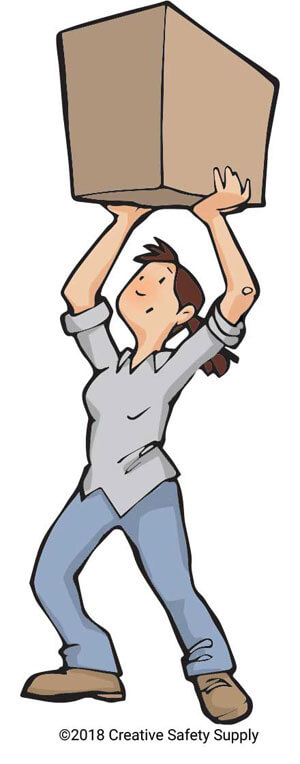
The Occupational Safety and Health Act (OSHA) of 1970 set up clear requirements that employers must meet. These guidelines are focused on keeping employees safe while doing their jobs. Over the years there have been many additions and revisions to the standards, all with the intention of helping improve the workplace environment.

Today there are thousands of rules and regulations in place that apply to specific industries. OSHA standards help keep millions of employees safe by making sure employers do everything reasonably possible to avoid or prevent hazards. OSHA is aware that it is impossible to cover every conceivable risk in every industry. To ensure employers put facility safety first, OSHA added Section 5(1)(a) to their standards. This is known as the general duty clause (GDC).
What Is the General Duty Clause?
This clause is in place to require that employers provide employees with a workplace free from any recognizable hazards that could put them at risk of death or serious injury. This clause applies to all employers in all industries that operate within the United States.
An OSHA inspector or an employee of a facility can use the GDC in situations where there is a hazard that does not fall under any of the other OSHA guidelines. One example of this is when employees are required to lift objects above their shoulders on a regular basis. There is no set standard that prohibits this, so if an employee needs to do this in such a way that will likely lead to some injury, the GDC would be used in the complaint.
Issuing General Duty Clause Citations
If an OSHA inspector is going to issue a citation under the general duty clause, they must first be able to meet the following standards:
- The Hazard Must Exist - The inspector needs to be able to show that the hazard exists in the workplace.
- Recognizable - The cause of the hazard itself needs to be identifiable.
- Serious Hazard - The hazard needs to be shown to be serious in nature. This typically means it could cause serious, long-term harm or death to someone in the facility.
- Correctable - The issue needs to be correctable by the employer.
- Not Covered by Other Regulations - The hazard in question must not be covered under other, more specific, regulations. If there is another rule that can be used in a situation, it should be.
Informing the Employer
When an employee believes there is a safety hazard, their first step should be to notify their employer. Once the employer has been notified, a reasonable amount of time should be given to address the issue. For life threatening hazards, the issue should be resolved immediately. For those that aren't quite as serious, more time may be given.
If an employer refuses to address the hazard, then the employee should take the next step and file a complaint using the General Duty Clause. OSHA will then have an inspector come out to determine whether the employer is failing to take reasonable steps to keep the employees safe and issue any necessary citations against the employer.
Resources
Similar Articles
- OSHA 10-Hour Card [Training Requirements]
- OSHA Facts [Updated Statistics 2019]
- OSHA Safety Sign Requirements [1910.145]
- Understanding the OSHA 300 Log and Other Incident Paperwork
- What is HAZCOM? (Hazard Communication Definition + OSHA Standards)
- Occupational Safety and Health Administration
- Safety Colors (OSHA Guidelines and Color Codes)
- OSHA Accident Reports
- OSHA Floor Marking

